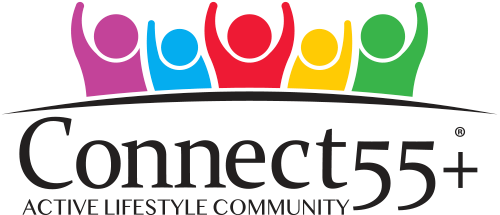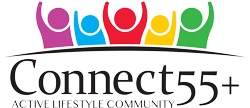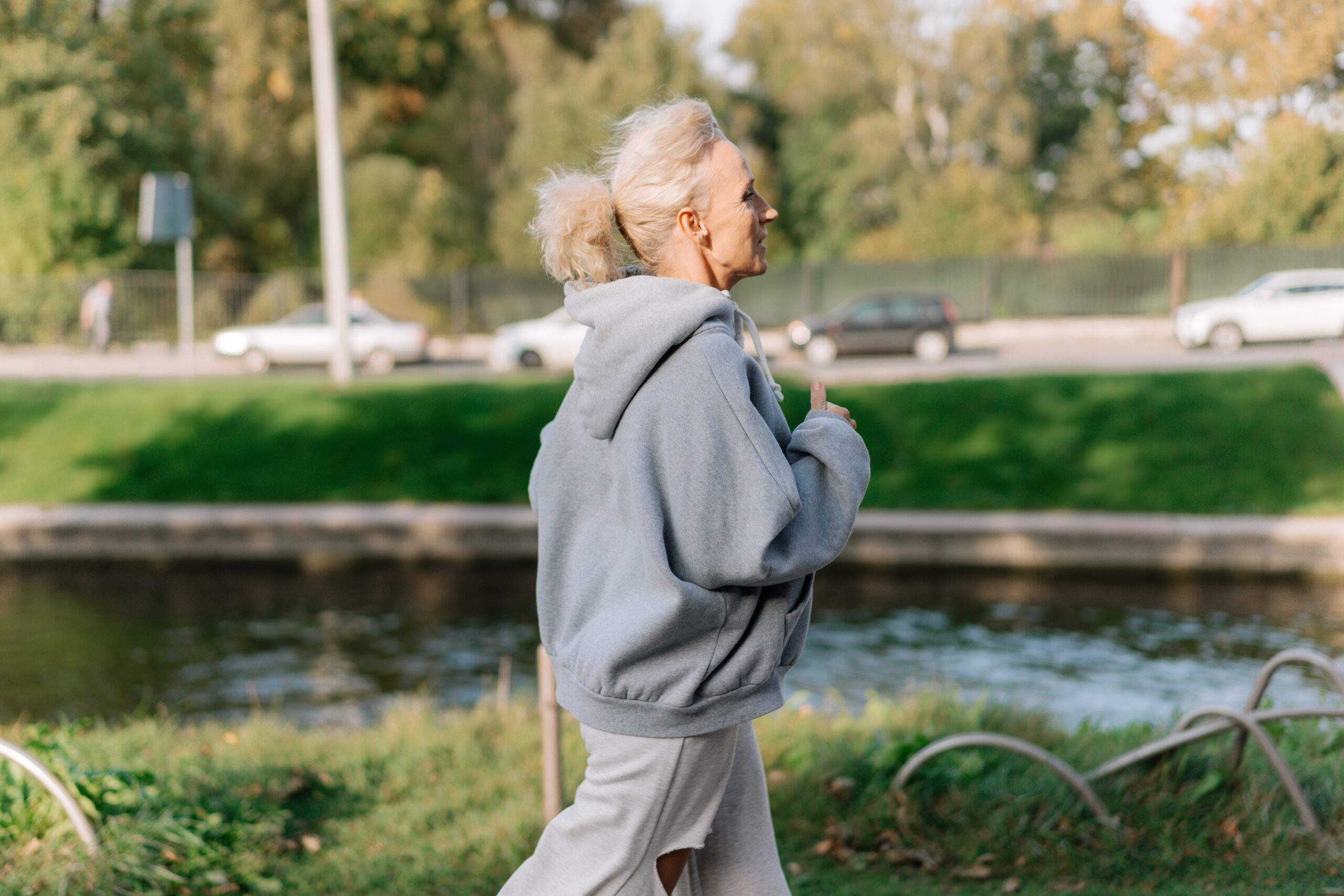It’s more important than ever for those 55+ to prioritize their physical health and well-being. In 2023 and beyond, staying physically active becomes increasingly crucial in maintaining a high quality of life for our senior population. However, the fast-paced nature of modern society can make it challenging for older adults to find easy and accessible ways to incorporate exercise into their daily routines.
In this blog, we will explore a range of simple and effective ways for those 55+ to stay physically active in the years ahead. From low-impact exercises to innovative technology solutions, we have gathered a variety of options tailored specifically to the needs of our aging population. So, if you’re ready to embrace a healthier and more active aging lifestyle, read on to discover the easy ways you can stay fit and energized well into the future.
Importance of Physical Activity for the 55+ Market
Physical activity is crucial for individuals of all ages, and this holds particularly true for the 55+ community. Engaging in regular exercise offers numerous benefits that can improve overall health and well-being. First and foremost, staying physically active helps to maintain and improve strength, balance, and flexibility, which are all essential for daily activities and preventing falls. Additionally, regular exercise can help manage chronic conditions such as diabetes, heart disease, and arthritis, reducing the need for medication and enhancing the overall quality of life. Moreover, physical activity has been shown to improve cognitive function and mental health, reducing the risk of depression and cognitive decline in older adults.
Physical activity doesn’t have to be strenuous or time-consuming to be effective. Even small and easy exercises, when done consistently, can positively impact an individual’s health and well-being. Look for activities that are enjoyable, accessible, and cater to your individual abilities.
Let’s explore a variety of easy and effective ways for the elderly to stay physically active in 2023 and beyond.
Benefits of Staying Physically Active
Regular exercise can improve cardiovascular health, strengthen muscles and bones, and enhance mobility and flexibility. Engaging in physical activity can also help manage weight, reduce the risk of chronic diseases, and improve mental health and cognitive function. Furthermore, staying active can foster social connections and provide a sense of purpose and fulfillment. Older adults can enjoy a higher quality of life and maintain their independence for as long as possible.
Physical Activity Guidelines for the 55+ Community
Before diving into specific exercises, it’s essential to understand the physical activity guidelines recommended for seniors. The Centers for Disease Control and Prevention (CDC) recommends that older adults aim for at least 150 minutes of moderate-intensity aerobic activity per week, along with muscle-strengthening activities on two or more days. Moderate-intensity aerobic activities include brisk walking, water aerobics, and riding a bike on level ground. Muscle-strengthening activities can include lifting weights, using resistance bands, or doing bodyweight exercises such as push-ups or squats. It’s important to note that individuals with chronic conditions or mobility limitations should consult with their healthcare provider before starting an exercise program.
Chair Exercises for Active Seniors
For individuals with limited mobility or those who prefer seated exercises, chair exercises offer a convenient and effective way to stay active. These exercises can be done at home, in a senior center, or even at work. Seated leg lifts, arm curls with light weights, and shoulder circles are examples of chair exercises that can help improve strength and flexibility. Stretching exercises, such as reaching overhead and bending to the sides, can also be done while seated. Chair yoga and chair Tai Chi classes are becoming increasingly popular, providing a seated alternative to traditional yoga and Tai Chi practices.
Walking and Jogging for the Active Aging Population
Walking and jogging are simple yet effective ways for the active aging population to stay physically active. Walking requires no special equipment and can be done anywhere, making it highly accessible. It’s a weight-bearing exercise that helps maintain bone density and muscle mass while improving cardiovascular health. Seniors can start with short walks and gradually increase the duration and intensity as their fitness improves. For those who are more active and looking for a challenge, light jogging or interval training can provide an extra cardiovascular boost. However, it’s important to listen to your body and adjust the intensity accordingly. Many active 55+ communities have walking and jogging clubs that have walking trails on or near the community to make it more accessible, but to also foster socializing and comradery.
Dancing and Aerobics for those 55 and Over
Dancing and aerobics offer a fun and social way to stay physically active. Dancing improves cardiovascular fitness, coordination, and balance while boosting mood and reducing stress. There are various dance styles to choose from, such as ballroom dancing, line dancing, and Zumba. Many senior communities offer dance classes specifically designed for older adults, providing a supportive and enjoyable environment. Aerobic exercises, such as step aerobics or low-impact dance workouts, can also be a great option for seniors looking to increase their heart rate and burn calories.
Low-Impact Exercises
Low-impact exercises are gentle on the joints and provide an excellent option for those 55+ to stay active without putting too much strain on their bodies. These exercises can improve cardiovascular health, flexibility, and overall strength. Walking is an excellent low-impact exercise that can be done indoors or outdoors. It requires minimal equipment and can be easily modified based on an individual’s fitness level. Swimming and water aerobics are other great options, as the water provides buoyancy and reduces the impact on joints. Tai Chi and yoga are also popular low-impact exercises that can improve balance, flexibility, and mental well-being. Modernized tai chi has been the subject of over 500 published medical studies, all of which have demonstrated its positive effects on various aspects of health.
Strength Training
Strength training is essential for maintaining muscle mass, bone density, and overall strength as we age. It can help prevent age-related muscle loss, improve balance, and increase metabolism. Bodyweight exercises, such as squats, lunges, and push-ups, are effective options for seniors who may not have access to weights or gym equipment. Resistance bands are another versatile and affordable tool for strength training at home. For those who prefer a gym setting, many 55+ communities, including at Connect55+ have fitness centers that often include specialized strength training programs for older adults, that can provide guidance and ensure proper form and safety.
Group Exercise Classes
Group exercise classes provide a supportive and motivating environment for seniors to stay active. These classes offer a sense of community and social connection, which is particularly beneficial for older adults who may feel isolated or lonely. There are numerous options to choose from based on personal preferences and fitness goals. Many senior communities make it a priority to have these types of classes.
Incorporating Physical Activity into Daily Routines
In addition to dedicated exercise sessions, incorporating physical activity into daily routines can help seniors stay active throughout the day. Simple activities like gardening, dog walking, golf, or taking the stairs instead of the elevator can contribute to daily exercise goals. Walking or biking instead of driving short distances can also promote physical activity. Engaging in hobbies that involve movement, such as dancing, swimming, or golfing, can provide both enjoyment and exercise. By making small changes to daily habits, older adults can accumulate more physical activity without feeling overwhelmed.
Technology and Apps for Tracking and Motivating Physical Activity
Technology and apps can be valuable tools for tracking and motivating physical activity for the elderly. Fitness trackers, such as smartwatches or activity monitors, can help seniors set goals, track their steps, monitor heart rate, and receive reminders to move. Many fitness apps offer guided workouts, exercise videos, and personalized training plans tailored to the individual’s fitness level and goals. Virtual exercise classes and online fitness communities provide a convenient way to access professional guidance and connect with others who share similar fitness interests.
Resources and Support for Staying Physically Active as an Active Aging Person
There are various resources and support available to help elderly individuals stay physically active. There are active senior living communities for those looking for a home away from home. Aside from these, there are local senior centers, community centers, and gyms that offer fitness programs specifically designed for older adults. These programs may include group exercise classes, strength training, and social activities. Non-profit organizations and government agencies may provide funding or grants to support physical activity initiatives for the elderly. Online resources, such as exercise videos, tutorials, and forums, can provide guidance and motivation for seniors who prefer to exercise at home. Additionally, involving family members or friends in physical activity can provide support and accountability.
Safety Considerations for 55+ Year Old Individuals Engaging in Physical Activity
Before starting or significantly increasing physical activity, you need to consider safety precautions. Consulting with healthcare provider is crucial, especially for those with underlying health conditions or limited mobility. It may be necessary to modify exercises or develop a personalized exercise plan based on individual needs and capabilities. Wearing proper footwear and clothing, staying hydrated, and warming up before exercise are essential for preventing injuries. It’s also important to listen to the body and not push beyond comfortable limits. Gradually increasing the intensity and duration of exercise is recommended to avoid overexertion.
Maintaining an active lifestyle is essential for older adults to uphold their well-being and enjoy a high quality of life in the years ahead. With the abundance of resources and support accessible, seniors can easily embrace a healthier and more active lifestyle.






